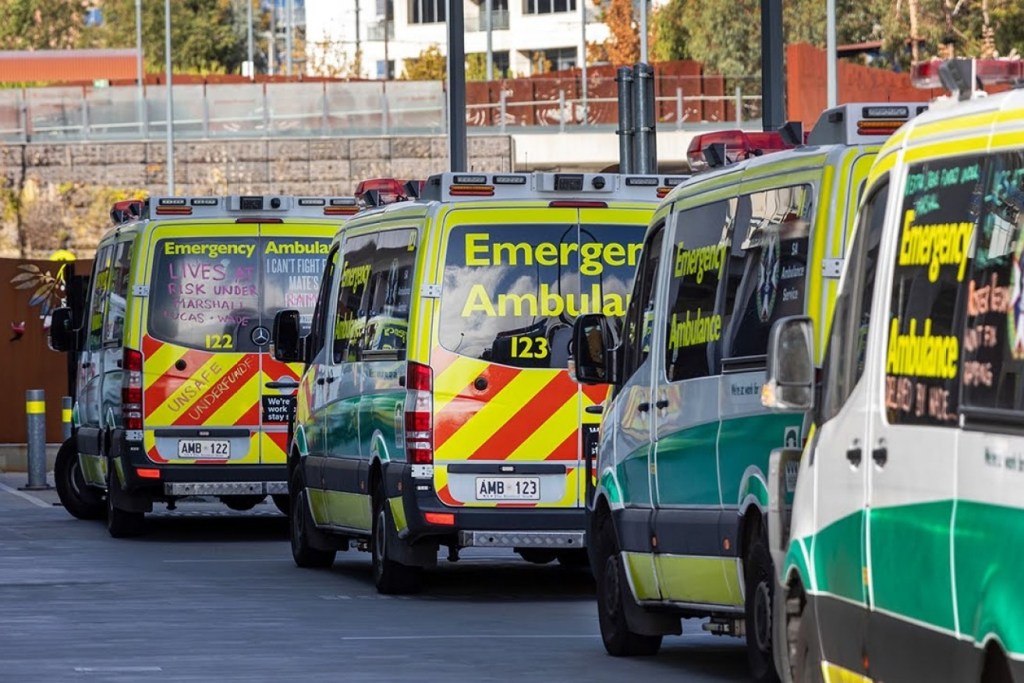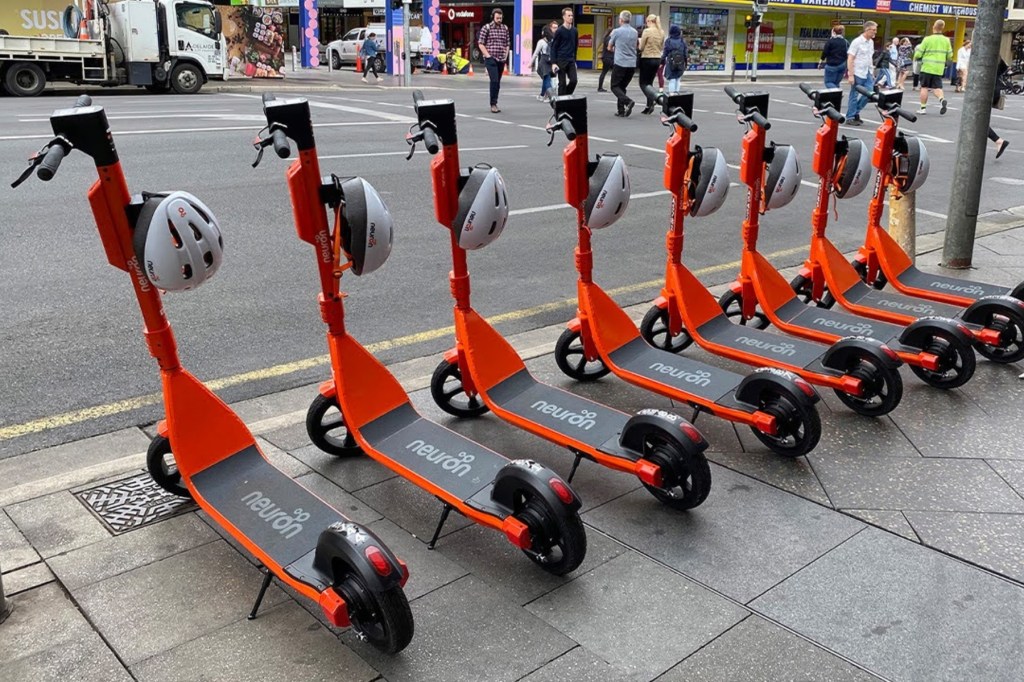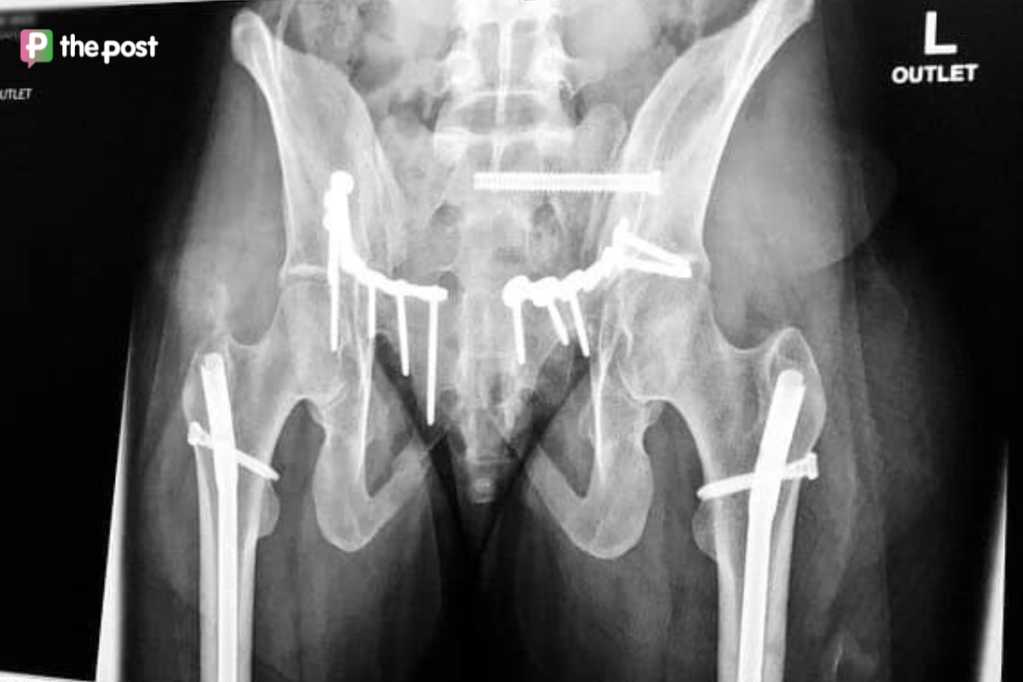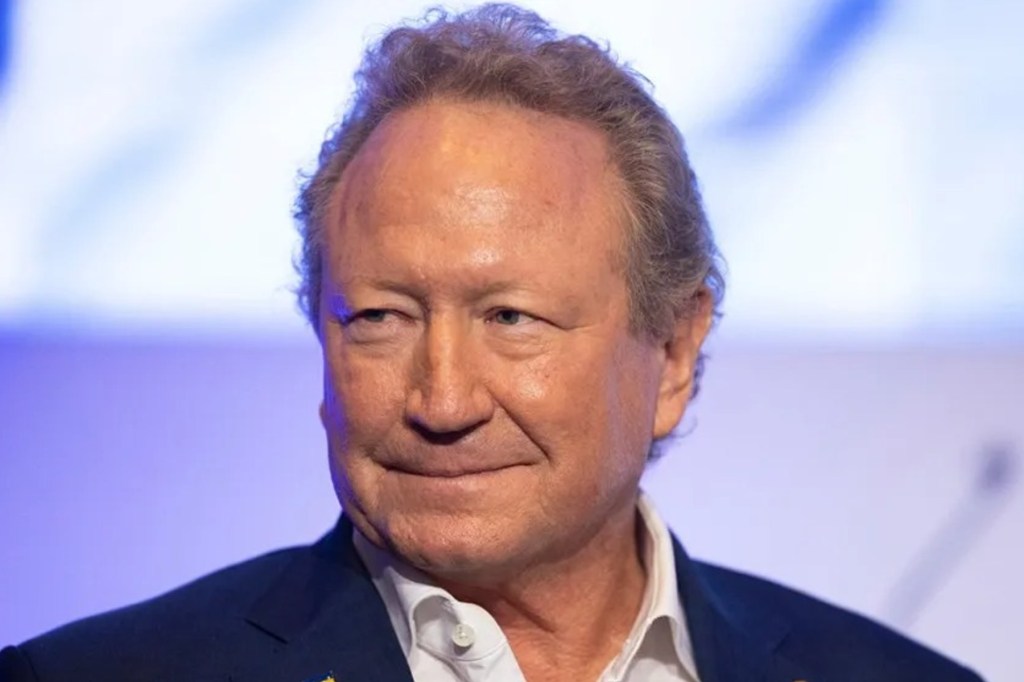State prepares for incoming biosecurity hazard
The state government has taken a big step to prepare for the “eventual establishment” of a new biosecurity risk which could threaten an industry that contributes to over $1.7 billion of annual production.
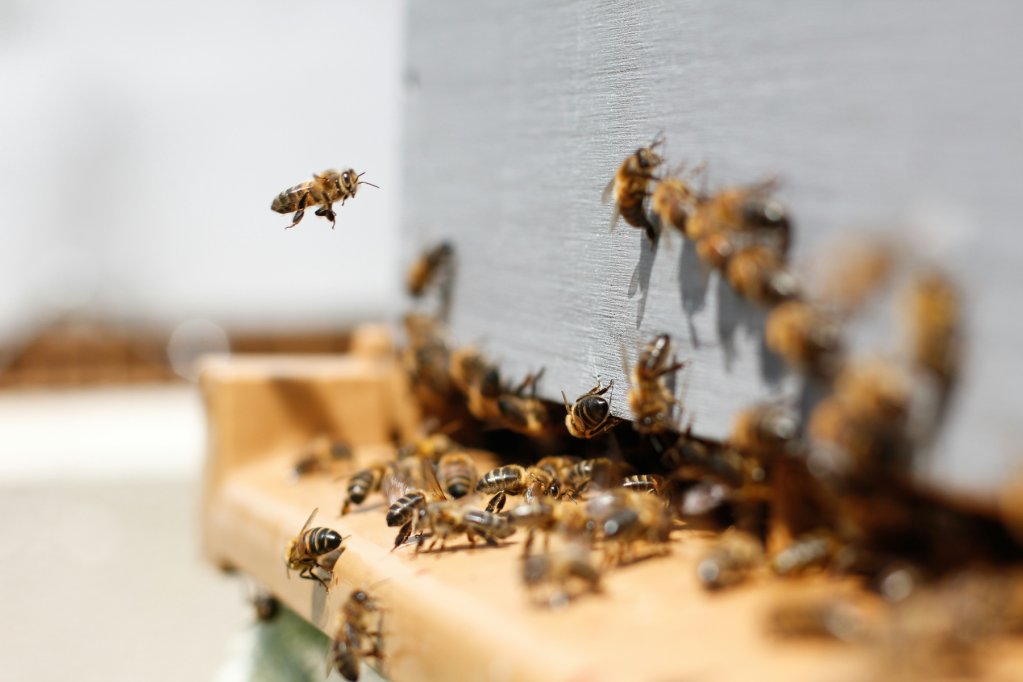
The honey bee industry’s most serious pest worldwide, varroa mite, has spread to Victoria after being first detected in NSW in June 2022.
Since then the Department of Primary Industries and Regionas (PIRSA) has developed a plan for what it warns is the inevitable spread of varroa mite into South Australia.
Varroa mites, external parasites that weaken adults and broods and eventually can kill entire beehives or colonies, threaten the fruit and vegetable sector of which 65-75 per cent is pollinated by honeybees.
Nationally, the average pollination value to the food production sector is $14.2 billion annually, while South Australia’s apiary industry pollinates an estimated $1.7 billion of crops annually, producing over $12 million in honey bee products each year.
You might like
PIRSA estimated the varroa mite would “infest and significantly deplete Wild European Honey Bee colonies within five years”.
Though it has not been detected in South Australia, Minister for primary industries Clare Scriven said it was “a matter of when, not if, it comes to South Australia”.
A national 24-month plan was approved in February 2024, and PIRSA has prepared its own response plan.
The SA Varroa Industry Advisory Committee (SAVIAC) advised PIRSA in developing the plan, later endorsing a final draft following public consultation.
Stay informed, daily
PIRSA has now endorsed the plan and it is now available online to industry.
The SA Varroa Detection Response and Transition to Management Plan aims to assist both commercial and recreational beekeepers and pollination industries to prepare for the pest.
“It aims to ensure all participants within SA’s beekeeping community are prepared with information on how to manage Varroa which results in the growth and sustainability of both apiary and pollination dependent industries,” Scriven said.
The plan includes several measures around the import of bees into South Australia, which is reliant on interstate supplies of queen bees, with an estimated 60,000 to 70,000 queen bees brought in each year to meet demand.
The plan does not include the enforced euthanasia of hives which have a confirmed detection of varroa mite.
PIRSA has also employed three varroa development officers and a co-ordinator to manage the response.
“The Varroa Development Officer team will be working closely with industry in metropolitan Adelaide and the regions. Their services are available to all apiarists, regardless of registration,” Scriven said.
Shadow minister for primary industries Nicola Centofanti welcomed the management plan, but said it was “well overdue”.
“As a nation, we saw change from eradication to management strategy for varroa mite well over a year ago, and since then I have been asking the Minister as to when she and her government were going to be releasing their plan,” Centofanti said.
“Our bee keepers and industry need certainty to know that they are going to be supported during this transition, so whilst I welcome the release of the plan, it’s disappointing that these sectors have had to wait so long for its release.”
It comes as South Australian tomato growers await the approval of a national management plan for the ongoing Tomato Brown Rugose Fruit Virus.
